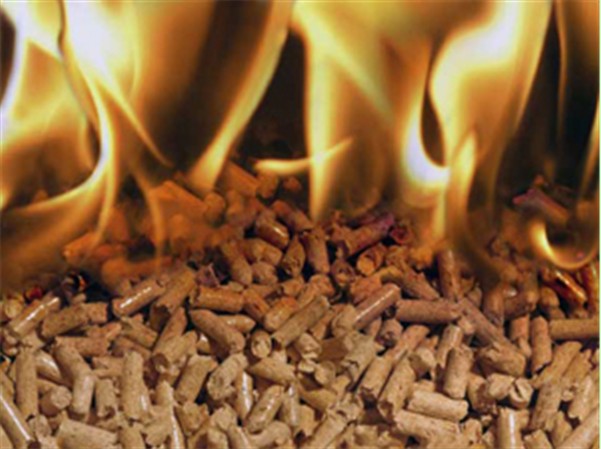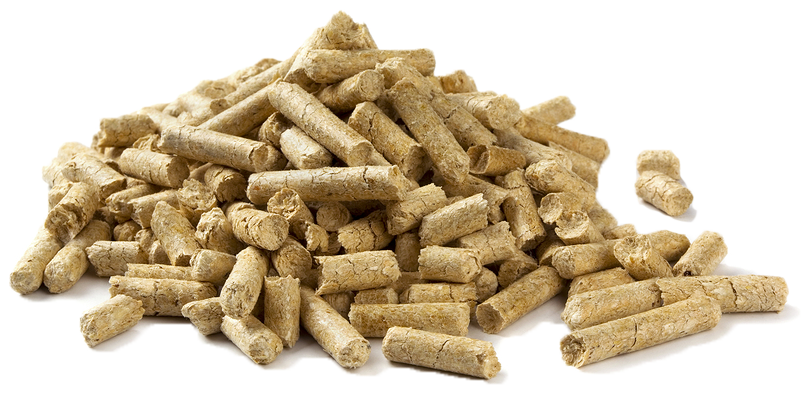It would be a good idea to put extra care on your equipment. The more care you put into your machine the more efficient it works. Here are some essential tips to keep in mind on how to maintain Biomass pellet mills.
Feeders
The feeders must be constantly lubricated. Continue to check the level of oil every week and use a small amount of oil applied to the roller chain. Grease/oil feeder bushing at least once a day. Oil the feeder’s flight bearings every month.

Conditioner
Utilize the panel directly located on the conditioner chamber’s side in order to view and maintain/clean as needed (and save the hassle of detaching the shaft mixer. Grease/oil every month (usually at the end of said month) to aid in lubrication.
Feeder Chute
The chute that carries stock away from the conditioning mixer straight to the die cavity through simple gravity, nothing fancy. Must be cleaned of extra bits and debris in order to function correctly and without productivity loss. Remove any magnetic dividers in order to clean them too.
Deflectors
Ensure these surface areas are clean and don’t possess any indents in order to function correctly. Remove any debris or ‘caked’ material that happens to build up.
Drive Assembly/ Main Shaft
The entirety of these areas will need to be constantly lubricated with oil, changing it only twice every year. Please remember that much more recent models will require greasing every 8 hours of operation.
Lubrication Summary (Operators)
- Every one to two hours of operation, operators are required to lubricate the rollers.
- Small lubricant applications would also be ideal every one hour.
- Every eight hours, lubricate the main shaft as required.
- Depending on which comes first, gearbox oil should be checked (and replaced if necessary) half yearly or after 2000 hours of utilization.
- Every week, observe the oil levels inside the feeder drive and apply small amounts of oil to the roller chains.
- Conditioner and feeder shafts only need to be greased/oiled once a month (depending on volumes).
- Knife brackets are to be lubricated every day in order to attain maximum efficiency and manual removal of buildups are sometimes necessary.
Quality Control
Factors that ascertain the quality of most pellets are:
- Appearance
- Fines
- Size
- Color
As a general rule that many in the industry follow, 10 to 20% of fines are the maximum that should be allowed when it comes to pellets. Use sieves to find out what kind of percentage the fines come in. The color of pellets is very important in judging quality, along with the size. A good pellet will measure about the two or three times smaller than the entire size of a die. Most pellets come in round or square forms, but can appear in a few other shapes. This does not guarantee poor quality. Usually, the appearance of the pellet can usually determine its quality and whether it is high or not. Try to have your pellets possessing a rough outside and tough appearance is the most sought after form. Shiny and glazed pellets will not last long and are of low quality.
Temperature Checks
Thermometers are needed in order to constantly record the pelletizing temperature but they are just a mere indication. Thermometers can give a general temperature but on some days, the pelletizer may actually be hotter.
At the Cooler and/or Packer
The pellet hardness for each run should be determined with the help of portable hardness testers. In cases when a minimum hardness standard is not reached, the operator should stop all operations and consult with his supervisor.



